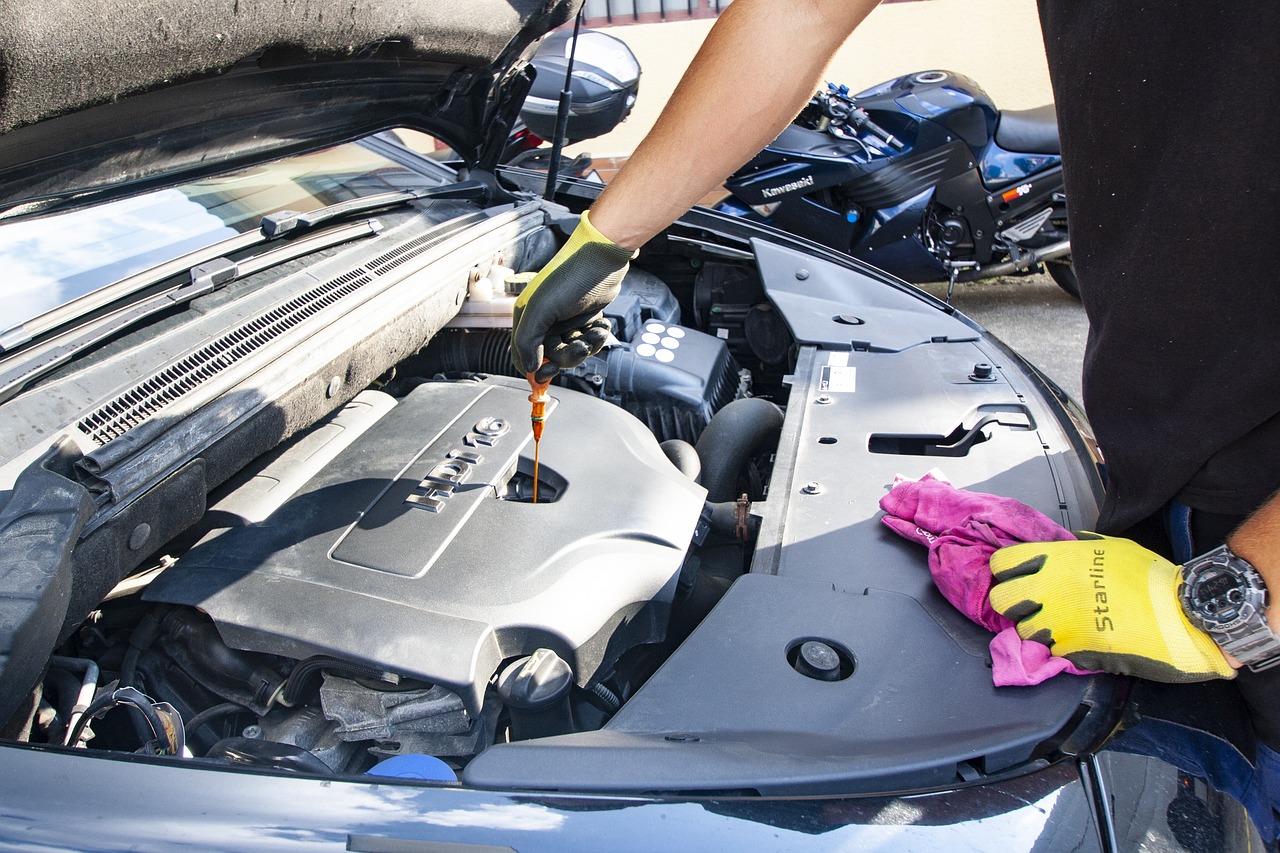Owning an Audi A5 Cabriolet is a joy, but like any high-performance vehicle, keeping it in peak condition requires regular diagnostic checks. Whether you’re troubleshooting a warning light or just ensuring everything is running smoothly, a full diagnostic scan can save you money and prevent bigger issues down the road.
Let’s break down the process step by step, from the necessary tools to interpreting error codes like a pro.
Why a Full Diagnostic Check Matters
Modern cars are filled with electronic systems, and your Audi A5 Cabriolet is no exception. From engine performance to transmission efficiency, these systems communicate through onboard diagnostics (OBD) that capture valuable data. A full diagnostic scan helps:
- Identify potential issues before they turn into costly repairs
- Improve overall performance and fuel efficiency
- Ensure all safety and emissions systems are functioning properly
Skipping regular diagnostics is like ignoring a checkup at the doctor. Everything seems fine until it’s not.
Tools You’ll Need for the Job
Performing a full diagnostic check doesn’t require a mechanic’s toolbox, but you do need a few essentials. The most important tool? A reliable OBD-II scanner.
Look for a scanner that supports VAG-specific codes, as Audi falls under the Volkswagen Auto Group (VAG). Some great options include the Ross-Tech VCDS or the OBDeleven. If you’re on a budget, a standard OBD-II scanner can still provide useful insights, though it may not display Audi-specific fault codes.
Other helpful tools:
– A smartphone or laptop (if using a Bluetooth scanner)
– A battery charger (to avoid voltage drops during the scan)
Once you’ve got what you need, it’s time to dive in.
Step-by-Step Guide to Running a Diagnostic Check
Step 1: Locate the OBD-II Port
The OBD-II port on an Audi A5 Cabriolet is typically under the dashboard on the driver’s side, near the pedals. If you’re struggling to find it, check your owner’s manual or look for a small plastic cover labeled “OBD.”
Step 2: Connect the Scanner
Insert the OBD-II scanner into the port, ensuring a secure connection. If the device has a Bluetooth function, pair it with your phone or laptop using the manufacturer’s app.
Step 3: Turn on the Ignition
Turn your key to the “ON” position without starting the engine. In push-start models, press the button without pressing the brake. This powers up the vehicle’s electronic systems, allowing the scanner to communicate with the onboard computer.
Step 4: Run the Scan
Most OBD-II scanners have a “Scan” or “Diagnostics” button. Press it, and let the system analyze your Audi’s modules. This process may take a few minutes; during this time, the scanner will retrieve any stored fault codes.
Step 5: Interpret Fault Codes
Your scanner will display trouble codes (DTCs) in a format like “P0301” or “U1123.” These codes tell you what’s going on under the hood.
Here’s a quick breakdown of what different prefixes mean:
– P-codes: Powertrain (engine, transmission, fuel system)
– B-codes: Body (airbags, climate control, doors)
– C-codes: Chassis (steering, suspension, brakes)
– U-codes: Communication issues between modules
For Audi-specific codes, consult the scanner’s manual or use an online database like Ross-Tech’s fault code lookup.
Common Audi A5 Cabriolet Issues Revealed by Diagnostic Checks
Owning an Audi means dealing with some common quirks. If your scanner picks up any of the following, don’t panic. These are well-documented issues.
1. P0299 – Turbocharger Underboost
This code suggests your turbo isn’t generating enough pressure. It could be due to:
– A faulty diverter valve (a known issue in Audis)
– A leaking intercooler hose
– Carbon buildup in the intake
2. P0420 – Catalyst System Efficiency Below Threshold
Often caused by a failing catalytic converter or a bad oxygen sensor. If ignored, it could trigger Check Engine Light problems and impact emissions.
3. U1123 – Communication Error
This code often relates to failing control modules or battery voltage issues. A weak battery can cause multiple stored fault codes, so check your battery health first.
Clearing Codes and Next Steps
If you’ve fixed the issue. Replaced a sensor, tightened a loose connection. You can clear the codes using your scanner. However, if the problem persists, clearing the codes won’t make it go away forever.
Keep in mind that:
– Some codes self-clear after the faulty component is repaired.
– It’s a good idea to test-drive for at least 50 miles after clearing a code to see if it returns.
If a stubborn error keeps popping up, consider reaching out to an Audi specialist or dealership for a deeper inspection.
Final Thoughts: Stay Ahead of the Game
Running a full diagnostic check on your Audi A5 Cabriolet isn’t just about fixing problems. It’s about preventing them. Regular scans, paired with good maintenance habits, can extend the life of your vehicle and keep it driving like new.
If you’re serious about maintaining your Audi, investing in a high-quality OBD-II scanner is worth every penny. It puts you in control and saves you from unnecessary trips to the mechanic.
Got stuck on a code or need more tips? Drop a comment below. I’d love to hear from fellow Audi enthusiasts and help troubleshoot any tricky issues!





